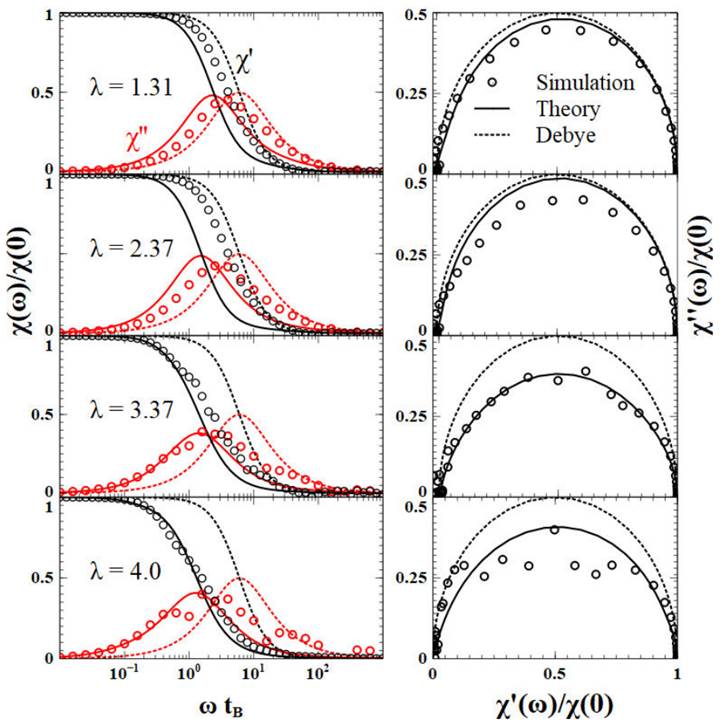1 Introduction
Presently, Altern Current magnetic techniques measure the dynamic magnetic susceptibility of ferrofluids in the absence of external magnetic fields [1,2,3]. It uses the fact that the Brownian motion of the particles becomes affected by the fluctuations of the macroscopic magnetization created by the Altern currents. Consequently, this technique provides a way to determine several equilibrium properties, including; the particle shape and its diameter [4,5,6], phase transitions characterization [7], the rotational diffusion coefficient of a ferromagnetic particle in a polymer solution [8,9]. It also allows the measurement of the viscosity of the supporting media [1]. Ferrofluids are magnetic colloids made of nanometric size ferromagnetic particles dispersed in a solvent. The particles possesses a rigidly attached magnetic moment and perform Brownian relaxation as a single object. The study of the equilibrium dynamics of magnetic fluids have become necessary because their collective behavior is related to diverse technological applications among others in Breast-cancer thermoablation [10] and hyperthermia health treatments [11,12,13,14]. Yet, the frequency domain behavior of the complex magnetic susceptibility serves to test statistical microscopic models of this property. Recent interesting experiments [15,16] have also investigated the effect of temperature and volume fraction of particles on the behavior of the initial magnetic susceptibility in the zero frequency domain. From the theoretical viewpoint, the interpretations of the observed initial susceptibilities have reached a successful agreement with experiments [15]. However, the explanation of the observed frequency relaxation of the dynamical susceptibility modulus remains nowadays an open problem. Attempts to explain the observed susceptibility of ferrofluids use Fokker-Planck equation perspectives of non-interacting particles systems [17,18,19]. Their further development to include magnetic colloids of moderate concentration where direct interaction among particles is meaningful lead to mean-field theories cast into a Smoluchowski equation [20,15,21]. In most of these papers, colloidal particles perform only rotational Brownian relaxation of their orientations. A comprehensive account of the experiments [15,1,22] remains still a stringent test on existing theories [15,20,21]. The Fokker-Planck equation method describes the dynamics of a single particle through the probability density of its orientational degrees of freedom. In the present manuscript, however, we adopt a linear response theory and apply it further to attain a relationship between the magnetic susceptibility with the coherent intermediate scattering function at thermal equilibrium. This scattering function is the equilibrium correlation of particles’ density of homogeneous fluids without external fields. To our knowledge, the determination of the dynamical susceptibility in ferrofluids using such dynamical structure factor constitutes a promising perspective not considered before investigating the magnetic susceptibility. Consequently, this approach includes equal footing both for the rotation and the translational diffusion of the particles. Thus, it constitutes a novel approach worth investigating to study ferrofluids’ magnetic relaxation. We compared this method with experiments on the initial susceptibility in ferrofluids and found qualitatively similar trends as in the observed data at a low density of particles. Whereas our comparison with original simulations on the dynamical susceptibility and with reports of other researchers on this relaxation function yields a good agreement. For increasing frequency of relaxation, the imaginary part of the susceptibility shifts, whereas there is a reduction of the amplitude of its real component. These behaviors occur for increasing magnetic interaction among the particles when they form chain-like structures. These findings agree qualitatively with the relaxation behavior of the susceptibility observed experimentally [22,23]. Our expression of the magnetic susceptibility possesses as memory kernel the dynamical structure factor. This kernel is a function of the time-dependent translational and rotational self-diffusion coefficient of a tracer particle in the colloid. Thus, our expression of susceptibility is directly related to the measured tracer diffusion and the structure factor of the colloid. Experimentally, both of these equilibrium properties are feasible to obtain with small-angle neutron scattering techniques [24,25,26,27,28,29,30]. In what follows, we first present our adaptation of the linear response method in Section II to obtain the colloidal dynamic susceptibility in terms of the intermediate scattering function. In Sec. III, we compare the susceptibility moduli with original computer simulations and those provided by other authors. There is also the comparison of the static susceptibility with experimental data.
2 Linear response method for the magnetic susceptibility
In this section, we shall adapt the expression of the magnetic susceptibility within linear response theory for infinite systems of polarizable molecular fluids to magnetic colloids. For this purpose we follow the microscopic derivation of the correlation functions of bulk polarization for dense polar fluids of [31]. We consider an isotropic ferrofluid made of N identical spherical particles of diameter d, mass per particle m
0 and moment of inertia I = m
0
d
2/10, which occupies a volume V, and is thermally equilibrated at temperature T. Each particle possesses a constant magnetic dipole moment
Note that
Where
which defines the coherent intermediate scattering function
By selecting the intermolecular frame
with
Thus, it results at the overdamped regime
In the limit
Equations (7) summarizes the main results that we will use in this manuscript from the known theory of dynamic susceptibility of molecular fluids.
2.1 Modeling the magnetic Susceptibility of magnetic tracers
In this section, we derive a new expression of the susceptibility of magnetic colloids. It depends on the dynamical structure factor
with the Laplace parameter
Whereas the coefficient of its rotational friction is [37]
We point out that Eq. (9) and (10) of the tracer’s friction can also be expressed in terms of the pair interaction potential between particles (see [38]). The propagator in Eq. (9) and (10)
with
where
At the low density of particles and considering the hydrodynamic limit, Eq. (12) yields as a consistency check the ideal paramagnetic gas Debye susceptibility
where
3 Approximate expressions of the susceptibility
The intermediate scattering function of Eq. (3) has the following exact expression for the self (s) part
Finally, our expression of susceptibility is the average of Eqs. (13) and (14)
Equation (16) is the main theoretical result of this manuscript. In the next section, we provide applications of this approach using material parameters of typical ferrofluids. For this purpose in what follows, we shall denote
4 Results and discussion
In this section, we use the susceptibility formula, Eq. (16), outlined above and apply it to material data of a known sterically stabilized ferrofluid Fe2O3 [39,40]. Then, we will compare theory predictions versus Brownian simulation calculations for the thermal equilibrium susceptibility from low up to high particles volume fraction and as a function of magnetic dipole interactions of the particles. In this numerical work, we modeled the ferrofluid by the total potential energy
In Fig. 1, we compared the predictions of Eq. (16) (continuous lines) with the simulations of [20] for a monodisperse ferrofluid (symbol °) at various thermodynamic states of equilibrium with low density of particles
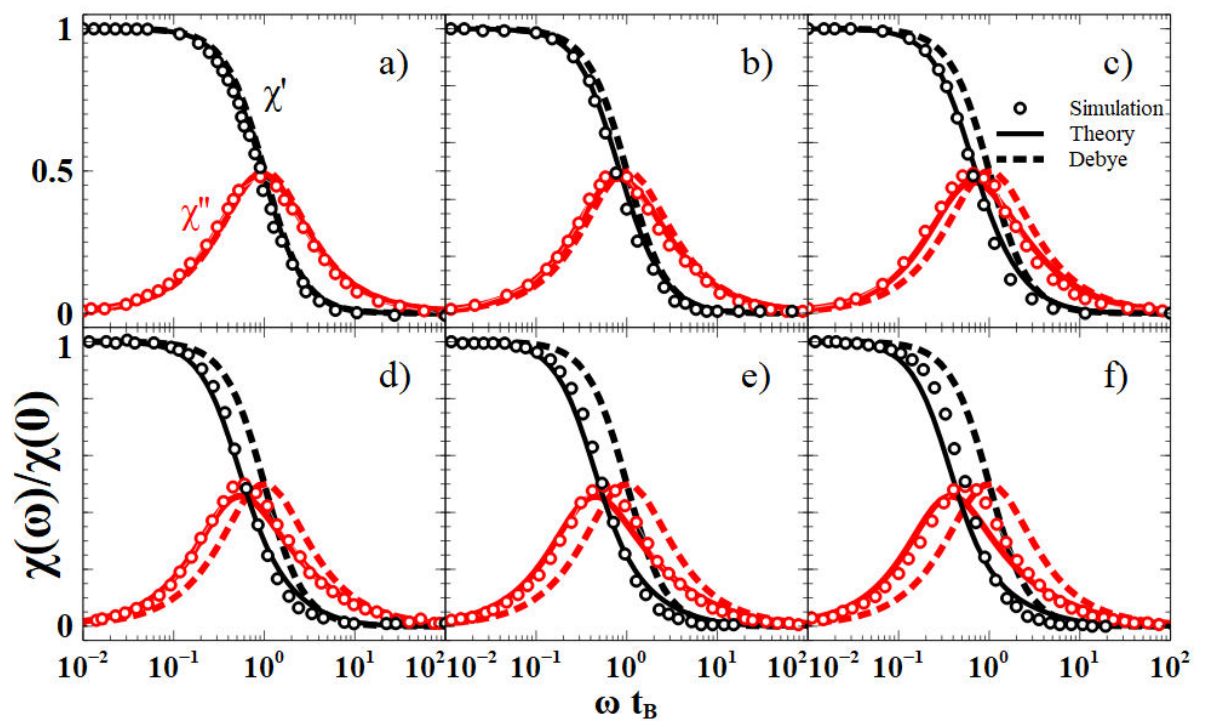
Figure 1 Semi-logarithmic plot of normalized susceptibility
In Fig. 2 is made the comparison of Eq. (16) (continuous lines) against the simulation data (symbol °) reported in [20] for the same but higher concentrated monodisperse ferrofluid than in Fig. 1. In this plot authors of [20] used a single value of dipole strength
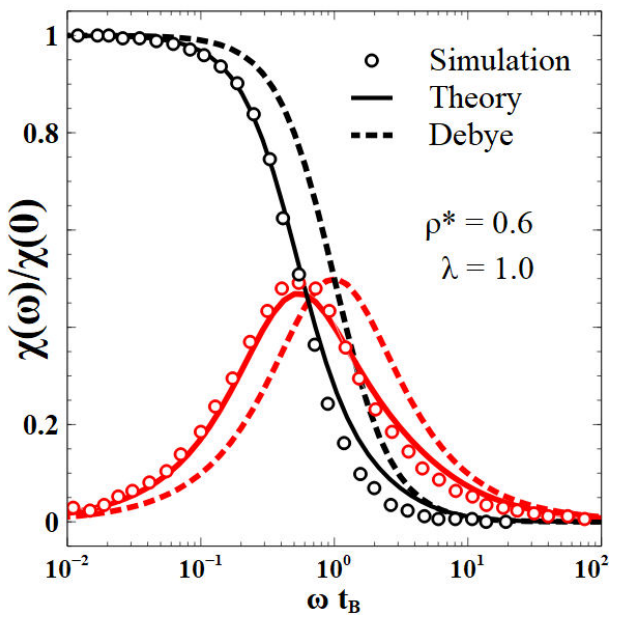
Figure 2 Frequency-dependent susceptibility
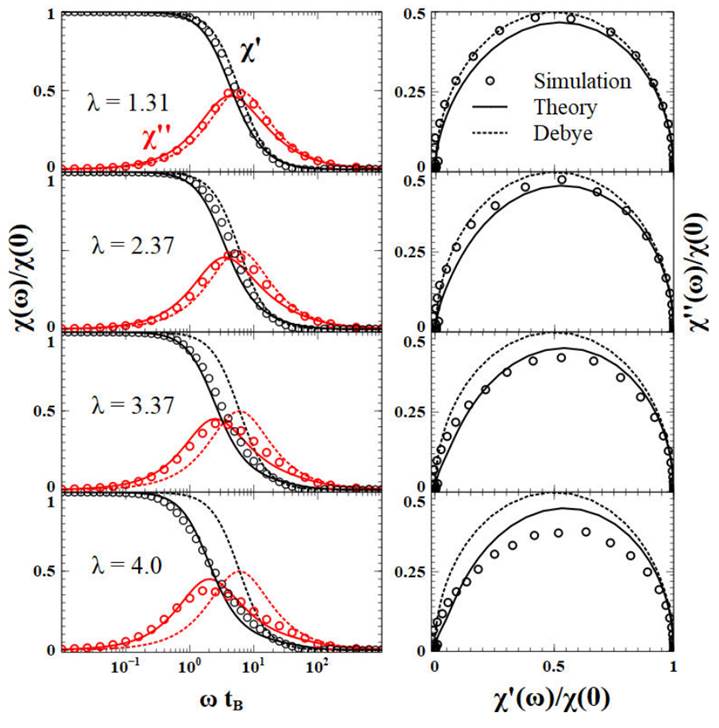
Figure 3 The semi-logarithmic plot of the Magnetic susceptibility
In Fig. 3 depicts
Figure 4 shows results for the case of a highly concentrated ferrofluid with
Figures 3 and 4 include the so-called magnetic Cole-Cole plots of the imaginary component
In Fig. 5 are depicted comparisons of dynamic susceptibility from Eq. (16) at the hydrodynamic limit k = 0 and seven increasing values of dimensionless dipole strength
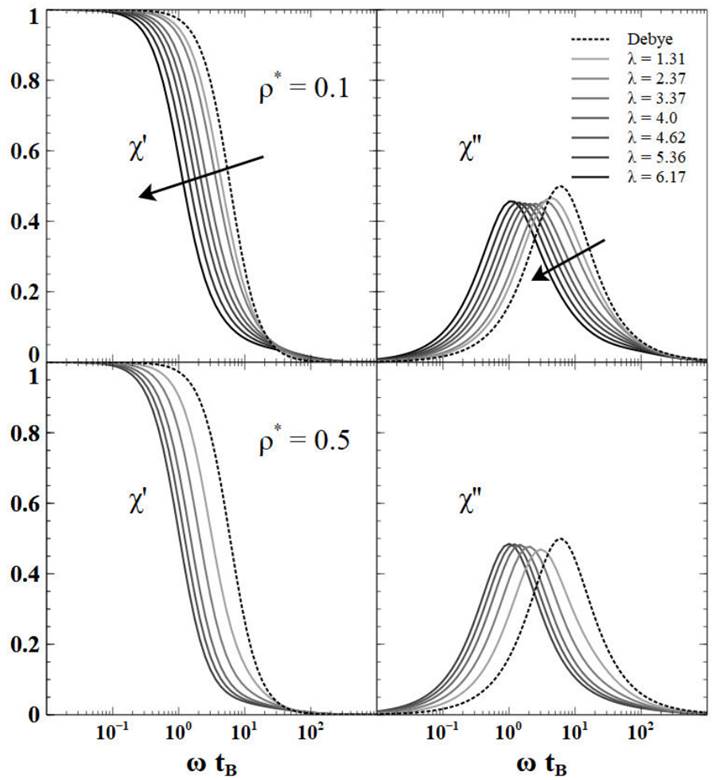
Figure 5 The semi-logarithmic plot of normalized susceptibility
Figure 6 compares the best fit using our expression
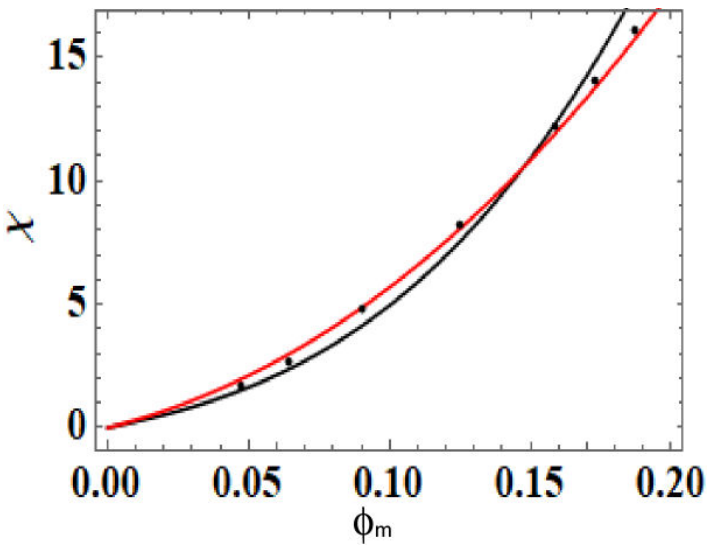
Figure 6 Initial susceptibility
In Fig. 7 it is given the comparison of our expression of the initial susceptibility
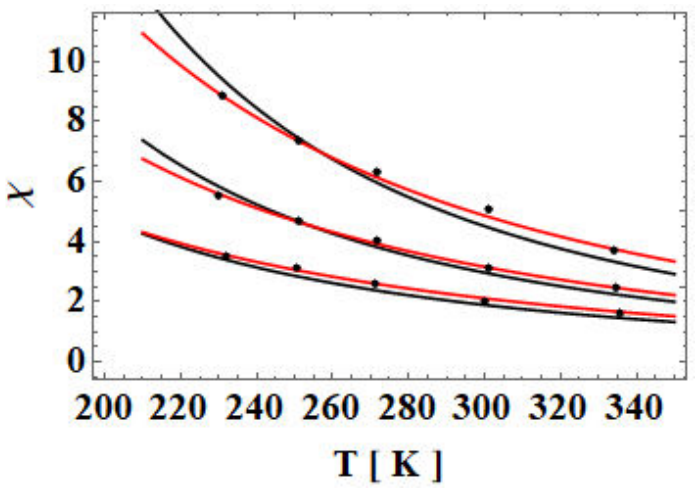
Figure 7 Initial susceptibility
Thus, our static susceptibility becomes
5 Conclusions
In this paper, we presented the adaptation of the linear response method for the susceptibility of polar liquids to the frequency-dependent susceptibility of magnetic colloids in terms of the dynamical structure factor. Comparing the predicted initial magnetic susceptibility with existing reported experiments yields the general trends of those observations as a function of the colloid’s volume fraction and temperature. Our calculations of the magnetic susceptibility using material data of typical ferrofluids such as Fe2O3 yields good agreement with simulations at low dipole moments per particle and density. Finally, our approach enables us to determine magnetic susceptibility in mixtures of magnetic and non-magnetic colloids.











 text new page (beta)
text new page (beta)

